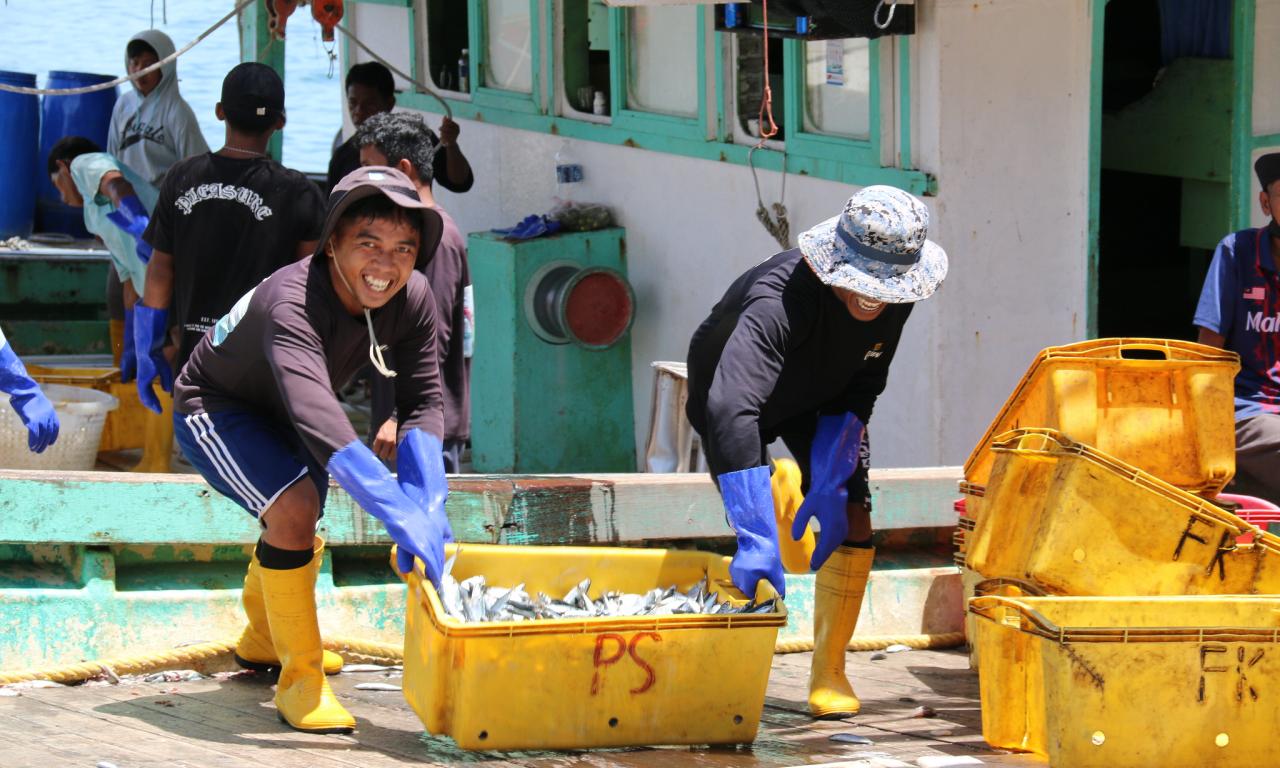
Aquatic foods are vital to Malaysia’s food security, nutrition, economy, and livelihoods—with both capture fisheries and aquaculture playing central roles. However, the sector is currently at a critical juncture. A new study shows that despite its critical role, capture fisheries has stalled while farmed fish and seaweed are now driving growth.
The study published in Frontiers in Sustainable Food Systems is authored by scientists from WorldFish, the Centre for Marine and Coastal Studies, and the School of Biological Sciences at Universiti Sains Malaysia, and the Institute for Future Initiatives at the University of Tokyo.
It finds that overfishing, habitat loss and challenging governance and market environments have pushed capture fisheries to the limit. In 2022 wild-caught fish still made up 69% of Malaysia’s total fish production but output has remained flat.
In contrast, aquaculture which includes farmed fish, shrimp and seaweed contributed up to 30% and continues to expand.
Malaysia’s seaweed farming sector is now the single largest component of aquaculture, making up more than half of total farmed output. This low-cost low-impact system has quietly become one of the country’s most promising blue economy success stories.
Co-author, Dr Cristiano Rossignoli, Research Lead at WorldFish said Malaysia’s aquatic food systems are facing both risk and opportunity.
“Aquaculture in Malaysia still faces key sustainability challenges. However, it holds great potential to meet the growing demand for aquatic foods, especially as wild fisheries stagnate. To unlock this potential, smallholders must be supported to adopt sustainable practices,” he said.
The study highlights the challenging to fisheries and aquaculture in Malaysia. They face rising costs, limited access to hatcheries, poor cold storage and processing facilities, complex regulatory processes, and environmental vulnerability. Many are being squeezed out of the sector altogether.
Co-author, Prof. Aileen Tan, Director of the Centre for Marine and Coastal Studies at Universiti Sains Malaysia, said the findings underscore the urgent need to adapt to shifting dynamics in the sector.
“This research provides important evidence that Malaysia’s aquatic food sector is undergoing a structural shift. As wild fish production plateaus it is essential to strengthen support for sustainable aquaculture especially for small-scale producers who are key to the sector’s future resilience,” she said.
Malaysia’s fish self-sufficiency rate has dropped from 93% in 2019 to just over 90% in 2022. While domestic demand for seafood remains high the country is importing more fish than ever before.
The study calls for major reforms to expand hatchery capacity improve rural infrastructure and support small producers. It also recommends investments in research and development to support innovation, competitiveness and sectoral resilience.
This research comes as WorldFish marks its 25th year in Malaysia. Since moving its global headquarters to Penang in 2000, WorldFish has worked with government partners, research institutions, and communities to shape more sustainable and inclusive aquatic food systems across Asia.
For media enquiries please contact d.wardell@cgiar.org